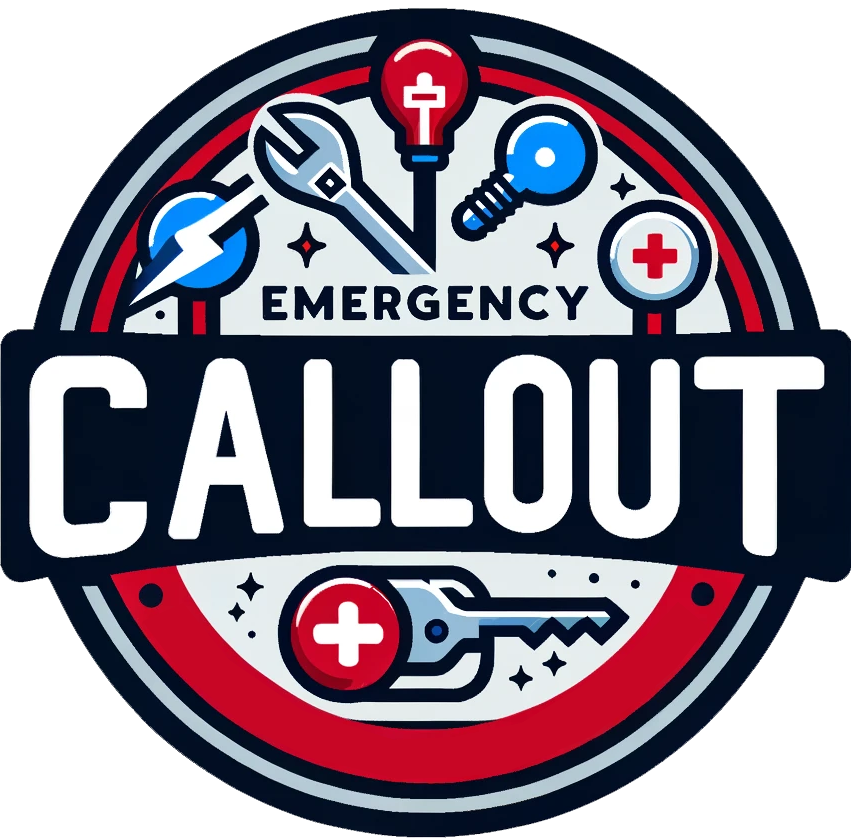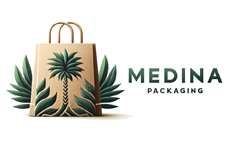In the United Kingdom, having access to emergency dental care is crucial for maintaining oral health. From sudden toothaches to lost fillings, dental emergencies can happen at any time, leaving individuals in need of immediate relief. To prepare for such unforeseen circumstances, having an emergency dental kit at home can provide peace of mind and valuable assistance during a dental crisis. This article will explore the importance of an emergency dental kit, its essential components, and how to use it effectively in the UK.
The Importance of an Emergency Dental Kit
Emergency dental situations can arise unexpectedly, causing pain, discomfort, and anxiety. In the UK, access to emergency dental services may be limited, especially during evenings, weekends, and public holidays. This is particularly true in rural areas where dental practices may be less accessible. In such instances, having an emergency dental kit can provide temporary relief and help manage dental emergencies until professional care is available.
An emergency dental kit is designed to address common dental problems, such as toothaches, broken teeth, lost fillings, and minor oral injuries. By having the necessary supplies on hand, individuals can alleviate pain, prevent further damage, and promote oral hygiene during an emergency. Additionally, an emergency dental kit can be invaluable for individuals who cannot immediately visit a dentist due to travel limitations, financial constraints, or other urgent commitments.
Essential Components of an Emergency Dental Kit
When assembling an emergency dental kit, it is essential to include key supplies and tools that can address a variety of dental emergencies. The following components are recommended for inclusion in a comprehensive emergency dental kit:
1. Pain Relief Medication: Over-the-counter painkillers such as ibuprofen or paracetamol can help alleviate toothache pain while awaiting professional care.
2. Temporary Dental Filling Material: A temporary dental filling material, such as dental cement, can be used to replace lost fillings or mend small chips in teeth.
3. Dental Wax: Dental wax is useful for covering sharp or irritating edges of broken teeth or orthodontic appliances, providing temporary relief until dental attention can be sought.
4. Dental Mirror and Tweezers: A dental mirror and tweezers are helpful for examining the mouth and manipulating small objects or materials during emergency dental procedures.
5. Orthodontic Wax: Individuals with orthodontic appliances can use orthodontic wax to relieve irritation and discomfort caused by braces or wires.
6. Sterile Gauze Pads: Sterile gauze pads are essential for controlling bleeding and protecting oral wounds in the event of an injury or dental trauma.
7. Oral Antiseptic Solution: An oral antiseptic solution, such as chlorhexidine mouthwash, can help reduce oral bacteria and prevent infection in the absence of professional dental care.
8. Disposable Gloves: Disposable gloves should be included to maintain hygiene and prevent the spread of bacteria during emergency dental procedures.
Using an Emergency Dental Kit Effectively
In the event of a dental emergency, it is important to remain calm and assess the situation before using the emergency dental kit. If experiencing severe pain, swelling, or significant oral trauma, seeking professional dental care should be the first priority. However, for minor dental issues that require temporary relief, the following steps can guide individuals in using their emergency dental kit effectively:
1. Assess the Problem: Determine the nature and severity of the dental issue, and assess whether immediate professional care is necessary. If in doubt, contact a dental professional for guidance.
2. Manage Pain: If experiencing toothache or discomfort, take an over-the-counter pain reliever as directed. Avoid placing aspirin directly on the affected area, as this can cause tissue damage.
3. Address Lost Fillings or Chipped Teeth: If a filling becomes dislodged or a tooth chips, use the dental mirror and tweezers to clean the area and apply temporary dental filling material as directed.
4. Control Bleeding: In the case of oral injuries or bleeding, use sterile gauze pads to apply pressure to the affected area and promote clotting.
5. Protect Irritated Areas: Apply dental wax or orthodontic wax to cover and protect sharp or irritating edges of broken teeth or orthodontic appliances.
6. Maintain Oral Hygiene: If unable to brush or floss normally, rinse the mouth with an oral antiseptic solution to reduce bacteria and maintain oral cleanliness.
After administering temporary care using the emergency dental kit, it is crucial to seek professional dental attention as soon as possible. Contacting a local dentist or emergency dental service in the UK can ensure that the dental issue is properly addressed and long-term solutions are implemented to prevent further complications.
In conclusion, an emergency dental kit is a valuable asset for individuals in the UK, providing essential supplies and tools to manage dental emergencies effectively. By having access to pain relief medication, temporary dental filling material, oral care products, and other critical components, individuals can address common dental issues and alleviate discomfort during unforeseen situations. While an emergency dental kit serves as a temporary measure, seeking professional dental care remains imperative for long-term oral health. Through preparedness and prompt action, individuals can navigate dental emergencies with confidence and minimize the impact of unexpected oral problems.



